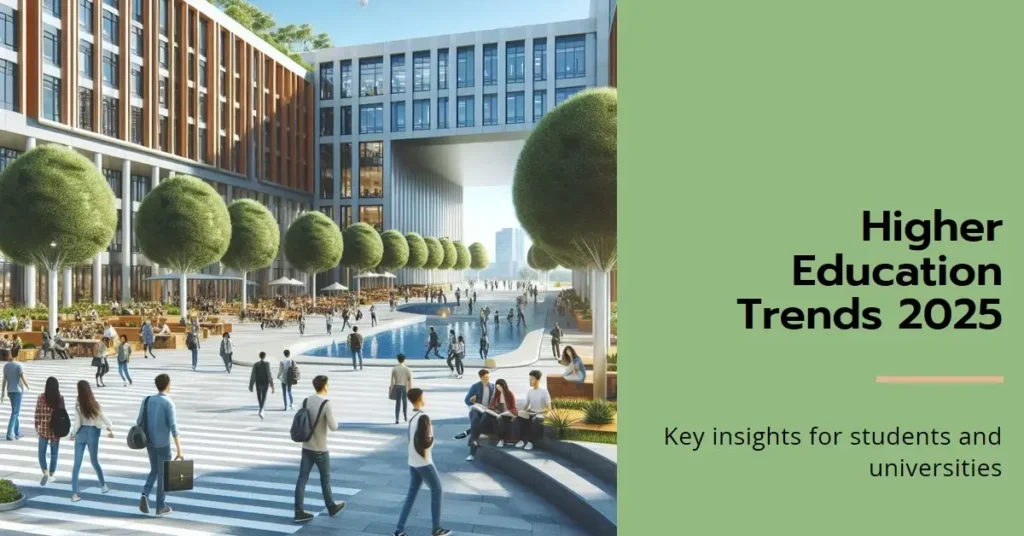Higher education in 2025 looks very different from just a few years ago. From AI-powered learning tools to flexible degree pathways, universities are adapting quickly to meet the needs of modern students. These changes aren’t just about technology—they’re about accessibility, affordability, and preparing graduates for a rapidly evolving job market.
Whether you’re a student, educator, or policymaker, understanding the key higher education trends of 2025 can help you stay ahead of the curve.
1. AI and Personalized Learning Take Center Stage
Artificial Intelligence is no longer just a research topic—it’s now part of daily student life. Adaptive learning platforms use AI to assess student progress and customize lessons in real time.
Why it matters:
-
Speeds up learning by focusing on areas where students struggle
-
Supports students with different learning styles
-
Reduces the one-size-fits-all approach in classrooms
2. Hybrid and Flexible Learning Models Become the Norm
In 2025, students expect flexibility. Universities are offering hybrid degree options that mix online lectures with in-person workshops, labs, and networking events.
Why it matters:
-
Makes education more accessible for working students and parents
-
Opens doors to international learners without relocation costs
-
Encourages lifelong learning beyond traditional degree timelines
3. Skills-Based Credentials Rise in Value
Employers are increasingly looking at micro-credentials and digital badges alongside degrees. These short, skills-focused programs allow students to build expertise in specific areas without committing to a full degree program.
Why it matters:
-
Helps students stay relevant in fast-changing industries
-
Creates affordable pathways to high-demand careers
-
Pairs well with traditional degrees for a competitive edge
4. Sustainability and Social Impact Education Expand
Climate change, social justice, and ethical leadership are now core parts of many degree programs. Students are pushing for education that not only prepares them for careers but also empowers them to make a positive impact on the world.
Why it matters:
-
Aligns education with global priorities
-
Builds critical thinking and problem-solving skills
-
Attracts students seeking purpose-driven careers
5. Mental Health and Student Well-Being as a Priority
Universities are investing heavily in mental health services, offering on-demand counseling, wellness apps, and peer support networks. This focus reflects a growing recognition that academic success and well-being go hand in hand.
Why it matters:
-
Reduces dropout rates
-
Improves academic performance
-
Creates healthier, more supportive learning environments
6. Data-Driven Decision Making in Education
Universities are using analytics to improve everything from course design to campus facilities. Data helps institutions predict enrollment trends, identify at-risk students early, and improve resource allocation.
Why it matters:
-
Increases efficiency in university operations
-
Enhances student experience with evidence-based decisions
-
Supports transparency and accountability
Final Thoughts
Higher education in 2025 is more flexible, personalized, and purpose-driven than ever before. As technology and global challenges reshape the landscape, universities that adapt quickly will prepare students not just for today’s jobs, but for the careers—and problems—of tomorrow.
